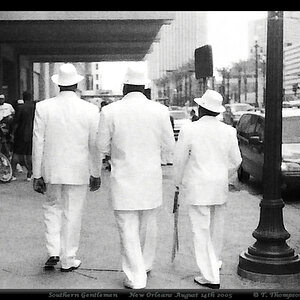Pure
TPF Noob!
- Joined
- Oct 22, 2008
- Messages
- 421
- Reaction score
- 1
- Can others edit my Photos
- Photos NOT OK to edit
4" x 5"
4" x 6"
5" x 7"
6" x 9"
8" x 10"
8" x 12"
9" x 12"
10" x 13"
10" x 15"
11" x 14"
12" x 18"
16" x 20"
16" x 24"
I'm trying to find fair pricing for these size prints. I'm far from a pro, but my work isn't point and shoot. Being 18 is somewhat a disadvantage because I don't want to highball potential customers, or low ball myself. Not to mention I don't want to come across as arrogant by charging too much. All of these prints will be of theater/musical shows, not landscapes, etc.
4" x 6"
5" x 7"
6" x 9"
8" x 10"
8" x 12"
9" x 12"
10" x 13"
10" x 15"
11" x 14"
12" x 18"
16" x 20"
16" x 24"
I'm trying to find fair pricing for these size prints. I'm far from a pro, but my work isn't point and shoot. Being 18 is somewhat a disadvantage because I don't want to highball potential customers, or low ball myself. Not to mention I don't want to come across as arrogant by charging too much. All of these prints will be of theater/musical shows, not landscapes, etc.


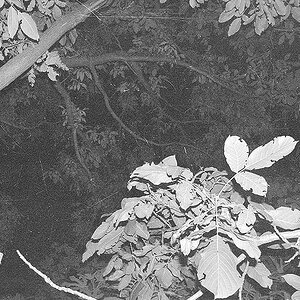
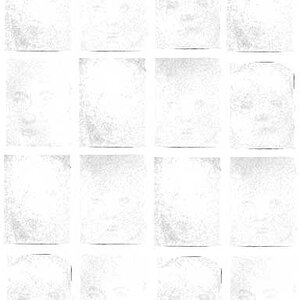
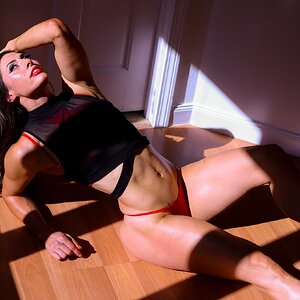
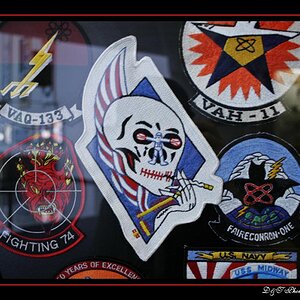
![[No title]](/data/xfmg/thumbnail/40/40286-86401b94de8b01bea8bb4ea154aaea0a.jpg?1619739408)
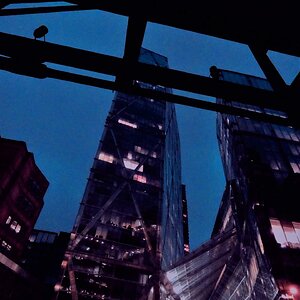


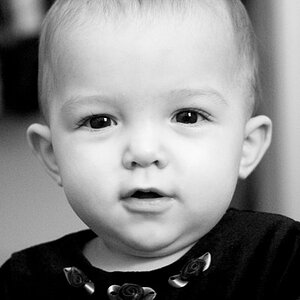
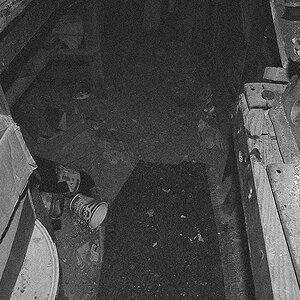
![[No title]](/data/xfmg/thumbnail/34/34590-9c0083ea54c78aad5db3d5884ae8b6c9.jpg?1619736564)
